When European Settlers arrived in Western Australia they brought their own conceptions of water security and agriculture with them. Initially the land around what is now Perth was presented as a green and pleasant land. But the reality was very different.
The water supply of south Western Australia fluctuates throughout the year and as a result, ground water resources and their demand rise and fall in response to prevailing patterns of rainfall. The flow of rivers varies according to the amount of rain the Westerlies bring to the region, leading past engineers to classify the region around Perth as a ‘hydraulically difficult country’. This tough reality complicates agricultural production in the region and turns Perth’s suburban green spaces and gardens into a political hot potato. Add climate change into this already fraught mix, and it is expected that the current drying trend will contribute to further desiccate this already dry land. The title of a recent book about the water history of Western Australia, “Running out?”, seems to refer to this uncertain future.
However, “Running out?” authored by Historian Ruth Morgan of Monash University in Melbourne, is by no means a story of doom and gloom. It argues that Western Australians have a strong sense of their vulnerability to water scarcity and climate variability and this has long fueled environmental anxieties. To understand these real or perceived perceptions of water vulnerability, Morgan’s book places those anxieties in their ever changing historical contexts. This edition of the podcast explores the history of these water anxieties with Ruth Morgan and asks the question – what lessons can be learned from the water history of Western Australia.
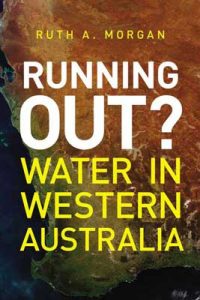
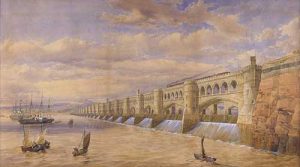
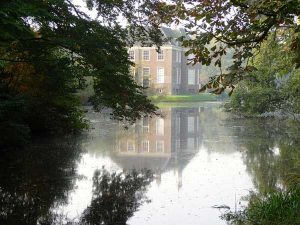
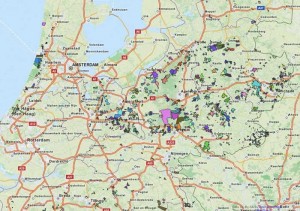
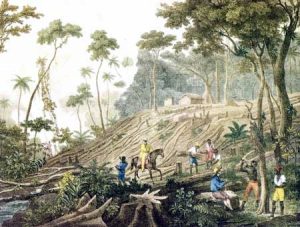
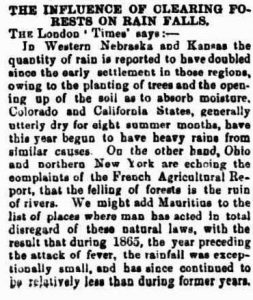
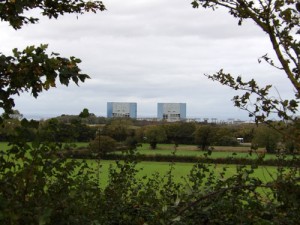



Recent Comments